Northwest Iberian Montane Forests
The ecoregion’s land area is provided in units of 1,000 hectares. The conservation target is the Global Safety Net (GSN1) area for the given ecoregion. The protection level indicates the percentage of the GSN goal that is currently protected on a scale of 0-10. N/A means data is not available at this time.
Bioregion: Balearic Sea & West Mediterranean Mixed Forests (PA20)
Realm: Western Eurasia
Ecoregion Size (1000 ha):
5,745
Ecoregion ID:
800
Conservation Target:
28%
Protection Level:
10
States: Spain, Portugal
The northwestern Iberian Mountains claim some of the last pristine forests in densely populated Europe. Among these include Scots pine and Black pine. The mountains are a rich mosaic of microhabitats, from species adapted to freezing conditions in the highest elevations, to near subtropical environments in some gorges in the southern slopes, occupied by Portuguese laurel. These habitats support the largest remaining population of wolf on the Iberian Peninsula, focused in the Culebra mountains, as well as prominent birds of prey, such as the griffon vulture, golden eagle, and short-toe eagle.
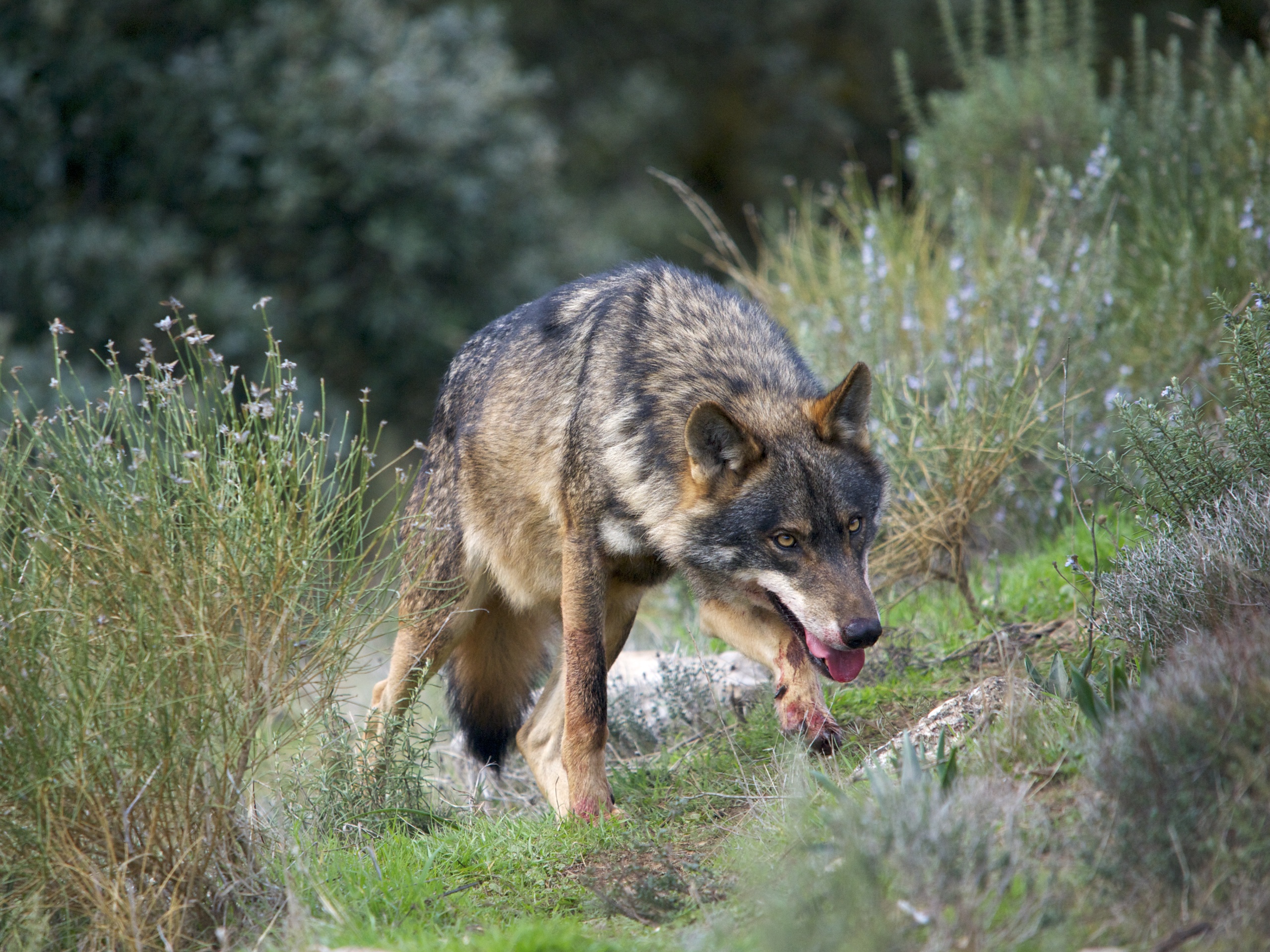
The flagship species of the Northwest Iberian Montane Forests ecoregion is the Iberial wolf. Image credit: Creaitve Commons
The northwestern Iberian Mountains extend from the Mediterranean southern slopes of the Cantabric Mountains to the central Iberian high mountain range. The central system, divides the Duero and Tajo basins, and runs for almost 600 km in the center of the Iberian Peninsula. It includes its highest peak, Almanzor at 2,592 m, in the Sierra de Gredos range.
Climatically, the ecoregion is characterized by mild Mediterraneo-Atlantic conditions, with average annual temperatures between 7–13°C and average rainfall between 500–2,000 mm. Winters are cold (average temperature of the coldest month between 0–5°C) and rainfall occurs mostly between October and May. In summer, there is a strong drought period, with high seasonal temperature fluctuations and heavy rainfalls controlled orographically.
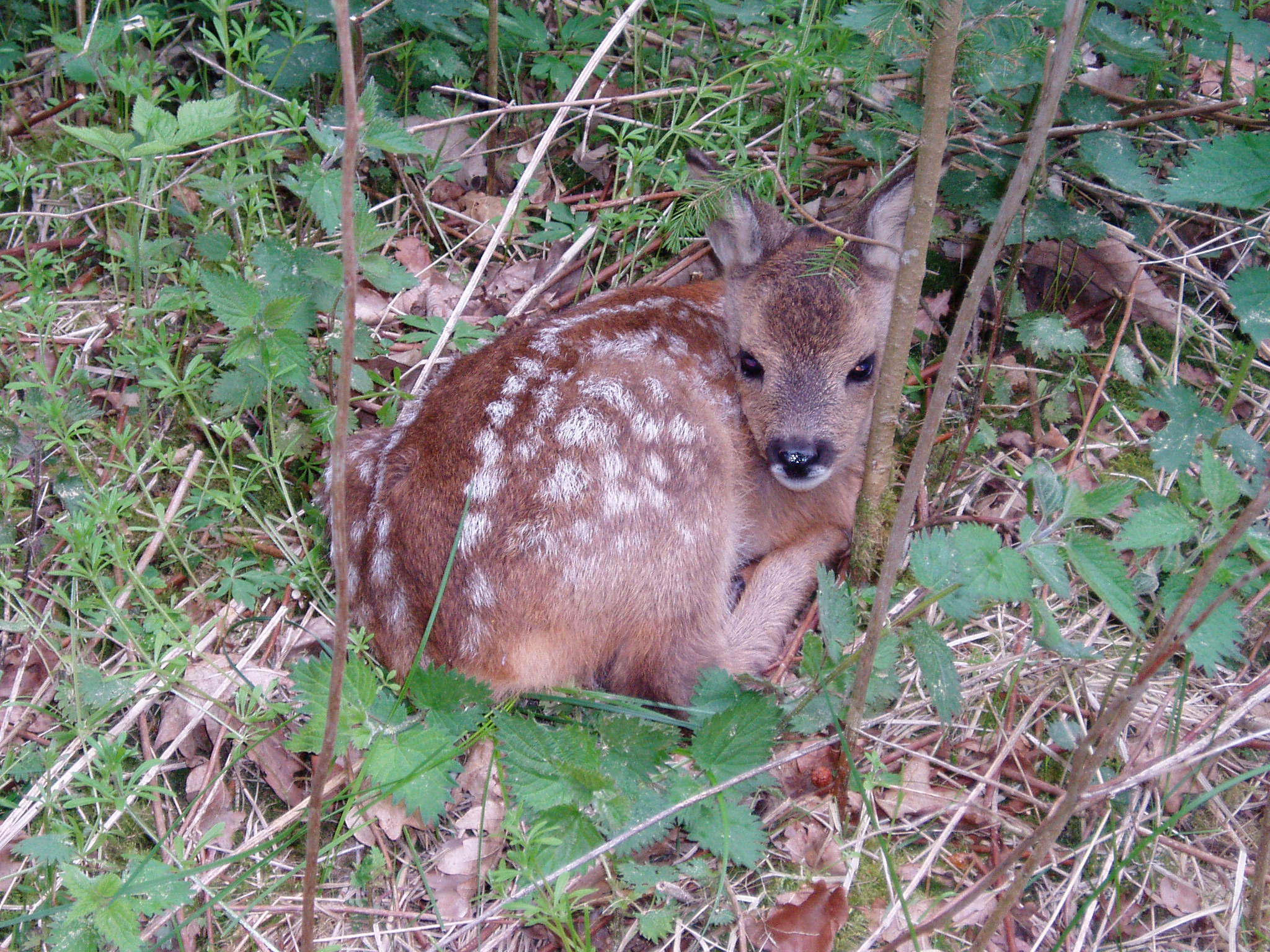
Roe deer. Image credit: Jan Bo Kristensen, Creative Commons
The Northwestern Iberian forests show some variation in accordance with altitude. Below 1,100 m, evergreen oaks (ballota and cork), mixed stone pine woods, and other sclerophyllous broadleaf species (European Olive, and turpentine tree) occur. Deciduous Pyrenean oak and Cluster pine forests extend up to 1,400m. Holm oaks and Juniper trees grow on steep slopes. Above this, there are isolated and dispersed Scots pine, black pine, and shrub-dominated communities of broom and juniper. Above 2,000 m altitude, open montane grassland occur (Festuca indigesta).
The ecoregion has some endemics, but the endemism rate is less than 10% of the total flora. Examples are Angelica angelicastrum, Dianthus planellae, Isatis platyloba, Linaria coutinhoi, and Murbeckiella sousae. The central part of the Iberian Central system, Gredos Range, is considered a biodiversity hotspot. As well as wolves, other large carnivores including the Cantabric brown bear range into this ecoregion. Other Cantabric species that seasonally spread into this ecoregion are the Cantabrian chamois and the highly endangered western capercaillie. Large herbivores, such as red deer and roe deer, are generally widely distributed.
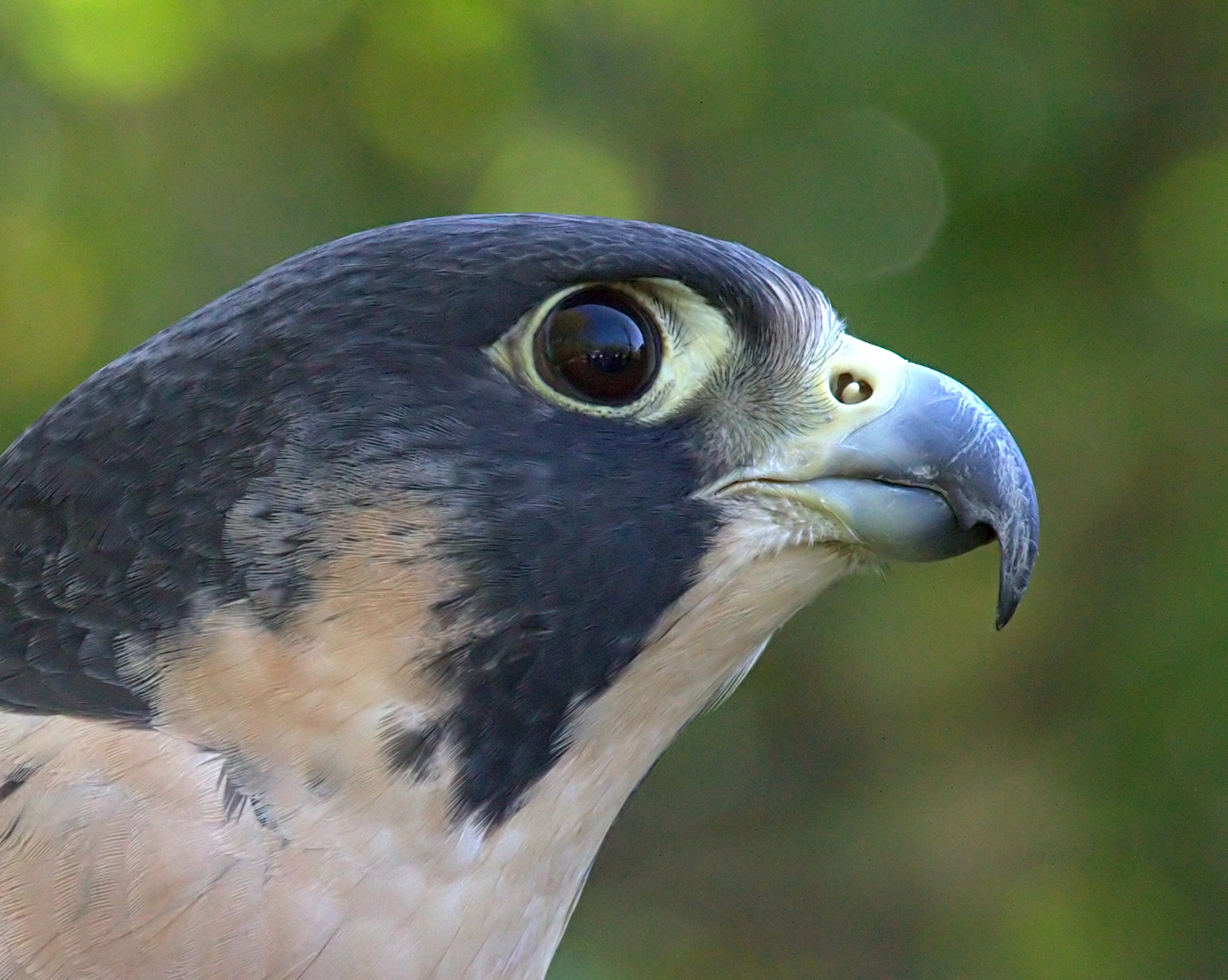
Peregrine falcon. Image credit: Greg Hume, Creative Commons
Other significant mammals are the common genet, red fox, European otter, wild boar, European wild cat, Eurasian badger, and small-spotted genet. Among the birds are the peregrine falcon, European honey buzzard, Montagu’s harrier, golden eagle, and griffon vulture. Reptiles include the Caspian turtle, Iberian emerald lizard, slowworm, and false smooth snake.
In the 19th century, there was an intensification of the traditional agro-silvo-pastoral system, an integrated landscape mosaic consisting of agriculture, livestock grazing, and forest management. During the second half of the 20th century, farmland was abandoned leading to the expansion of forests and scrubland. This increased the risk of wildfires, reduced the availability of surface runoff and ground water, and led to the extinction of plants and animals associated with semi-natural landscapes.
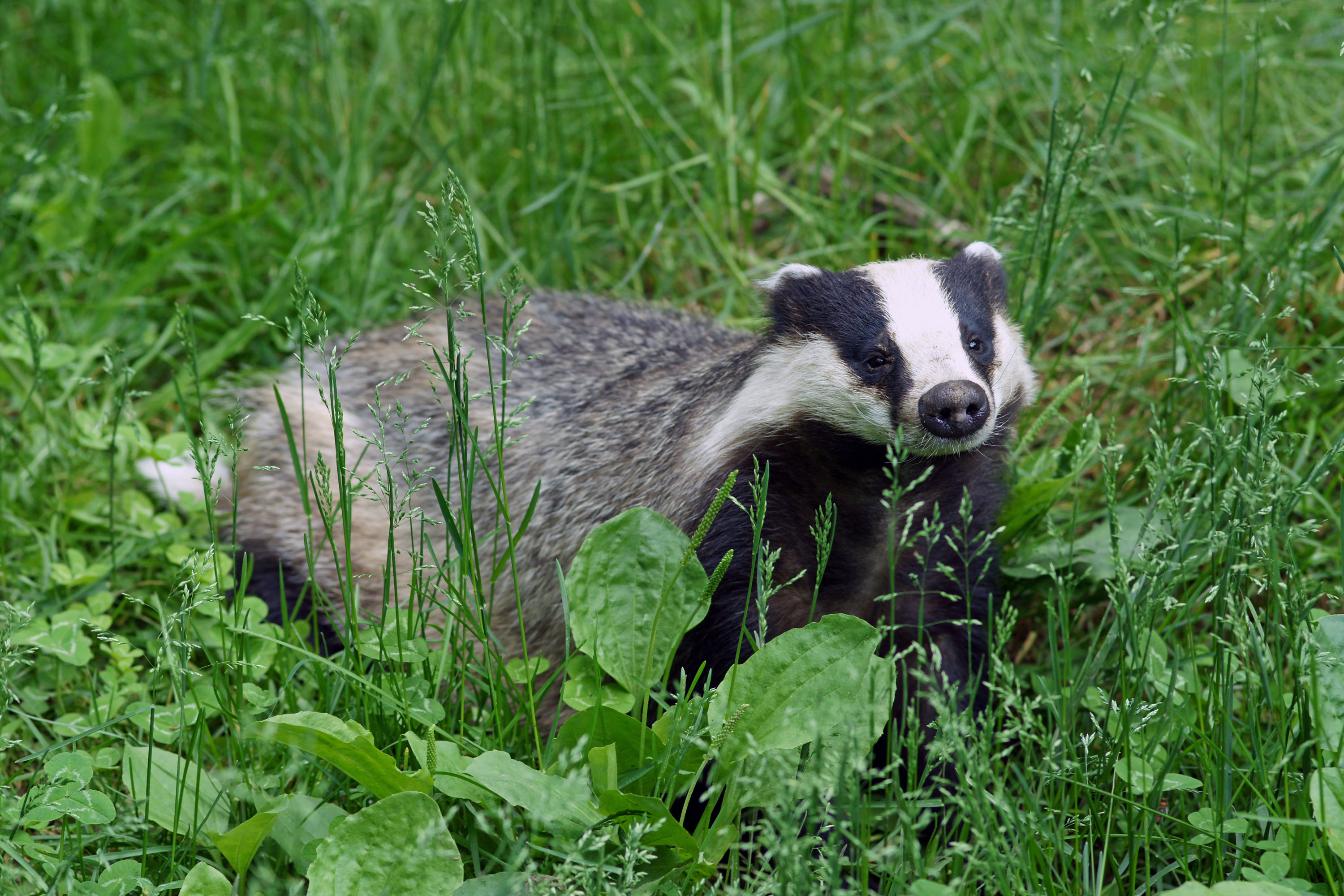
Eurasian badger. Image credit: Creative Commons
Protected areas in Portugal include Montesinho Special Protection Area, Estrela Mountain Upper Plateau, and Upper Zêzere River Ramsar Site. Examples in Spain include the Sierra de Gredos Special Protection Area and Camino de Santiago Special Protection Area.
Overly intense and poorly regulated hunting is threatening many faunal species, especially in Portugal. Rivers and their trout populations in particular are threatened by fishing, sometimes illegally with the use of poison and nets. Climate change is a key threat to Iberian mountain forests and their biodiversity. Distributions of both Scots and black pines are predicted to migrate up the mountains and will become particularly vulnerable to intense wildfires, and they will likely be displaced by Mediterranen sclerophyllous species. Mediterranean mountains might lose their role as refugia for cold-adapted species.
The priority conservation actions for the next decade will be to: 1) promote the clearance of scrublands to allow extensive grazing and create fuel breaks, reducing the risk of fires and limiting their extent; 2) establish education programs to create awareness of wolf conservation and reduce human-wolf conflict; and 3) promote sustainable agriculture systems.
Citations
- Castro, J. de Figueiredo, T., Fonseca, F., Castrol, J.P., Nobre, S. and Pires, L.C. 2010. Montesinho Natural Park: General Description and Natural Values. In. Evelpidou, N., de Figueiredo, T., Mauro, F., Tecim, V., Vassilopoulos, A. ed. Natural Heritage from East to West: Case Studies from 6 EU countries. Springer-Verlag Berlin Heidelberg
- Rubiales, J.M., García-Amorena, I., Génova, M., Manzaneque, F.G. and Morla, C. 2007. The Holocene history of highland pine forests in a submediterranean mountain: the case of Gredos mountain range (Iberian Central range, Spain). Quaternary Science Reviews. 26(13-14), pp.1759-1770.
- WWF. 2019. Southwestern Europe: Northwestern Spain and northeastern Portugal. [Online]. [Accessed 8 August 2019]. Available from: https://www.worldwildlife.org/ecoregions/pa1216

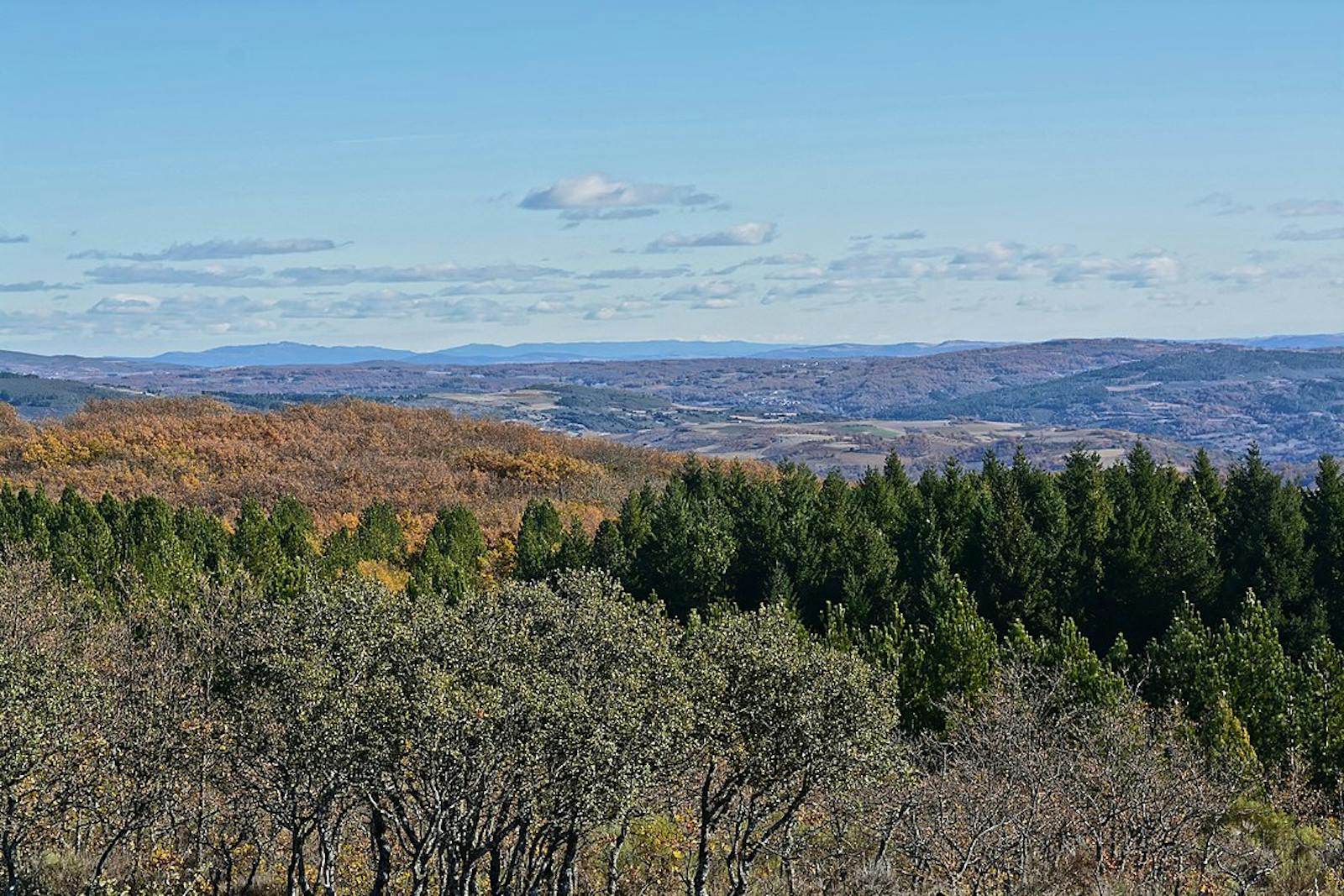
.png?auto=compress%2Cformat&w=300)

